Please note: In September 2019, we updated the DXOMARK Mobile test protocol to cover ultra-wide-angle performance and renamed the protocol DXOMARK Camera. We also expanded our low-light testing and created the new Night sub-score, which incorporates the previous Flash score. We have retested this device using the new Wide and Night test protocols and updated the scores in this review, but we have not changed the text from the original review. For more information, please see the articles about our new Wide and Night test protocols.


Samsung Galaxy Note 8 camera review (originally published October 3, 2017)
The Samsung Galaxy Note 8 “phablet” joins the growing number of dual-cam smartphones. The Note 8 features two 12MP sensors, the primary camera equipped with a wide-angle 26mm f/1.7 lens, and the second with a 52mm telephoto f/2.4 lens for x2 optical zoom shots. The Note 8 is Samsung’s first foray into the world of dual cameras and is a great success, offering the best zoom capabilities of any mobile device we’ve tested to date. Add to that PDAF autofocus, optical image stabilization, Auto HDR, and a massive 6.3” Super AMOLED display, and there’s plenty for smartphone photography enthusiasts to get excited about.
Key camera specifications:
- Primary 12MP 1/2.55” sensor with 26mm (wide-angle) f/1.7 lens (1.4um pixel size)
- Secondary 12MP 1/3.6” sensor with 52mm (telephoto) f/2.4 lens (1.0um pixel size)
- x2 optical zoom (up to x8 with digital zoom)
- PDAF autofocus
- Optical Image Stabilization (OIS)
- Dual-LED (dual tone) flash
- 6.3” (1440 x 2960) Super AMOLED display with 521ppi density
- 2160p@30fps (4K) video
About DxOMark Mobile tests: For scoring and analysis in our smartphone camera reviews, DxOMark engineers capture and evaluate over 1500 test images and more than 2 hours of video in both controlled lab environments and in natural indoor and outdoor scenes. This article is designed to highlight the most important results of the testing. For more information about the DxOMark Mobile test protocol, click here.
Test summary
Achieving an overall DxOMark mobile score of 94 points, the Note 8 becomes the new joint leader for smartphone image quality alongside Apple’s iPhone 8 Plus. A phenomenal photo sub-score that breaks new ground as the first smartphone to hit 100 points makes the Note 8 the current class-leader for stills, thanks to excellent zoom quality, good noise reduction and detail preservation, as well as fast and accurate autofocus. The Note 8 doesn’t quite match the same heights for video, where its sub-score of 84 is a little behind the best performers, such as the Google Pixel with 91 points, or the iPhone 8 Plus and the HTC U11, both with 89. It’s still a very capable device for video, however, with its key strengths being good exposure with fast convergence, fast and stable autofocus, as well as good noise reduction, white balance, and color rendering.
Bright light
Images captured in bright light on the Note 8 are on the whole outstanding, with bold and vivid color rendering and high levels of detail preservation.
Overall dynamic range is a little limited compared to some of the best HDR algorithms we’ve seen, with brighter highlights often overexposed. As usual, we’ve tested the device in default mode, but with the Note 8 offering an Auto HDR feature, we expected a little more highlight detail preservation. Using this challenging HDR test scene, it’s obvious that the Google Pixel retains a little more highlight detail in the blues of the river, although both devices fail to record any color in the sky.
Occasional white balance irregularities are also visible in bright outdoor scenes, with a visible pinkish cast evident, but color saturation remains strong for some stunning results.
Low light and Flash
Shooting under indoor lighting conditions, the Note 8’s exposures are excellent, with well-managed noise, good detail preservation, and vivid color. In extreme low light, images are a little underexposed, although at 5 lux they remain very usable and are still exploitable even in near-dark conditions of just 1 lux. Although it captures slightly less detail on moving subjects under indoor lighting conditions, the results are still very acceptable, and it’s only when light levels are very low that the Note 8 seriously struggles to preserve detail on moving subjects.
Using flash without any additional light sources, exposure, white balance, and color rendering are good, although some corner shading is evident. When mixing flash with additional light sources, exposure, white balance, and color rendering remain accurate, with repeatable results over consecutive exposures, but a slight ghosting effect appears on some portraits and color shading is also evident, along with a pink color cast in the center shifting to green at the edges.
Zoom and Bokeh
The stand-out attribute of the Note 8 is its zoom, with excellent results using the x2 optical zoom lens, as well as impressive resolution on digital zoom shots at x4 and even at x8. If you’re serious about shooting portraits with your smartphone, a dual-cam setup featuring a telephoto lens (52mm equivalent on the Note 8) is essential for capturing people pictures without the distortions that occur using a wide-angle lens, and for helping separate the subject from the background. Using the Note 8’s zoom up to x4 magnification in bright conditions results in phenomenal detail, and although less detail is recorded at x8, the images are still very usable, especially in bright light. Using the x2 optical zoom in low light, detail preservation remains outstanding, but digital zoom shots start to suffer a little more, particularly at x8 magnification, where detail is seriously affected. Still, it’s the best zoom device we’ve tested to date in low light.
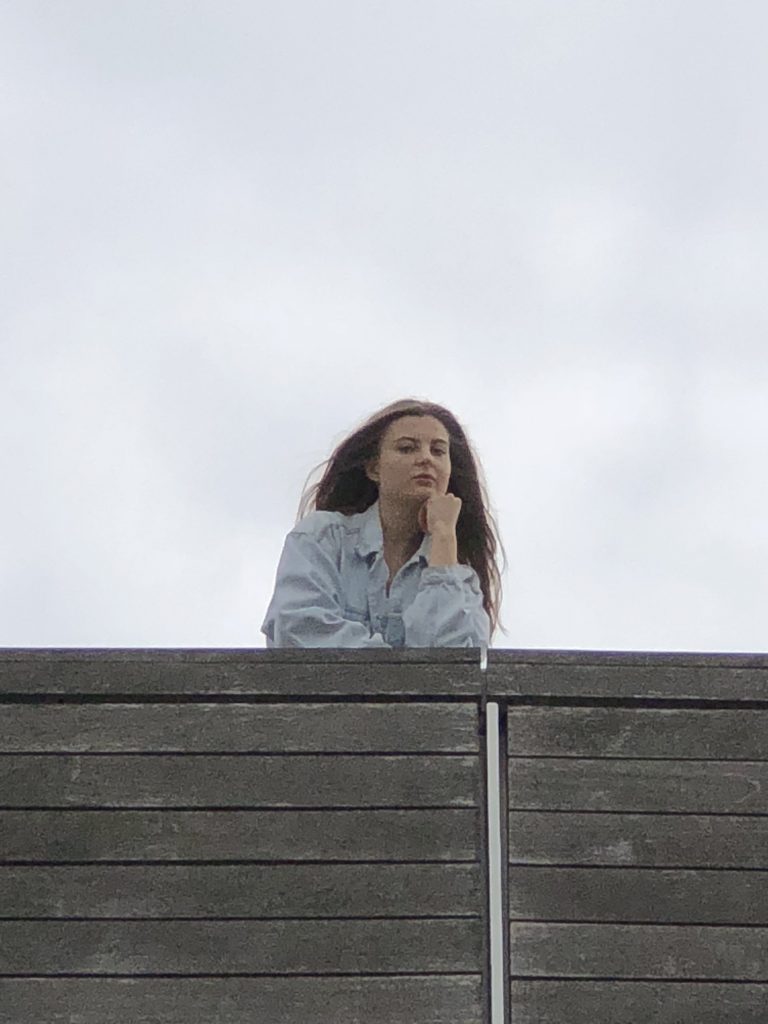
In comparison, the iPhone 8 Plus, although offering excellent optical zoom at x2, isn’t as strong as the Note 8 at x8, with significantly more noise, color fringing, and artifacts.
To further enhance portraits, the Note 8’s bokeh simulation mode does an excellent job of artificially blurring the background — most of the time. When applied, the depth-of-field effect is very good, applying a strong but pleasant blur, with a nice circular shape to the specular highlights. Although some masking error artifacts are visible around the portrait at close inspection, they’re less noticeable when viewing a whole image, especially on the device’s screen. It also helps when the subject is on the same focal plane, with visible depth estimation failures resulting in parts of the subject that are closer to the camera, such as a hand, for example, displaying an unrealistic level of blur. Repeatability is also a bit hit and miss, and although the bokeh effect kicks in more often when shooting static subjects, we found the effect wasn’t applied on around a third of our portrait shots.
Video
With a video sub-score of 84, the Note 8 lags a little behind the best, but is still a very capable performer in video mode, packing a 2160p@30fps resolution for detail-rich 4k video, or 720p@240fps capture for rendering creative slow-motion effects in post-production. The device’s key video strengths are excellent color and noise in bright light, with very good overall white balance and color rendering. Generally, the Note 8’s video exposures are excellent, too, with fast convergence under changing lighting conditions, although dynamic range can be a little limited in high-contrast scenes, with some loss of detail in both the shadows and highlights. Autofocus is fast and stable in many cases, although with no tracking capabilities in default mode, keeping moving subjects sharp can be challenging. Video stabilization is also quite effective, with only minor residual motion visible in some situations, usually on static subjects.
Photo scores explained
The Samsung Galaxy Note 8 achieves a total photo score of 100, which is calculated from its scores in tests that examine different aspects of its performance under different lighting conditions. In this section we’ll take a closer look at these image quality sub-scores.

Exposure and Contrast
Samsung Galaxy Note 8
82
A very respectable, if not outstanding, score for exposure. The Note 8 really excels in outdoor lighting conditions where, a few HDR issues aside, it generally produces accurate exposures with good contrast.
Under indoor lighting conditions, exposures remain excellent down to light levels of 20 Lux, and although images in extreme low light (1 to 5 Lux) are slightly underexposed, they remain exploitable.
The Note 8’s limited dynamic range in default mode is apparent when shooting strong backlit portraits, as the camera fails to record an accurate exposure for either the darker or lighter areas. No doubt the use of flash to lighten the subject and manual adjustment of exposure in Pro mode could improve results significantly, but that requires intervention from the photographer.

Color
Samsung Galaxy Note 8
73
Galaxy Note 8 images show bold color rendering in bright outdoor conditions, and although color under indoor or low-light conditions is very acceptable, some color casts in these conditions affected the overall color score.
In our perceptual analysis of image quality, the Note 8 scored very well for both color rendering and color uniformity, but white balance wasn’t as strong, with some visible color casts in all lighting conditions, including a pinkish cast outdoors and a particularly noticeable orange cast indoors.

Autofocus
Samsung Galaxy Note 8
94
At 94, the Note 8 achieves an outstanding score for its autofocus performance. Scores are excellent for both static scenes (Landscape) and those with subject movement (Family), achieving nearly the highest marks in both indoor and outdoor conditions. Focus is fast and accurate in low light, too, and although the odd failure crept in with subject movement in low light, the Note 8 remains a reliable device for sharp images in all conditions.
Shooting times are also very fast, with only a very short delay (under 100ms) for the Note 8 to find focus from an out-of-focus state in both indoor and outdoor lighting conditions. The delay was a little longer (around 300ms) in very low light, but that’s still very acceptable for the conditions.
Detail (65)
The Note 8’s overall detail score of 65, comprises analyses of texture preservation in both static scenes (Landscape score) and scenes with subject movement (Family score) in all lighting conditions. The Note 8 records excellent detail on static scenes in both indoor and outdoor lighting conditions; lower levels of detail in extreme low light, and in scenes containing subject movement affected the overall score.
In bright outdoor conditions, texture preservation on moving subjects is good, if not excellent, with less detail under indoor conditions, and a significant loss of detail on moving subjects in extreme low light. Using a tripod doesn’t have any impact on the Note 8’s exposure times, but with shutter speeds dropping below 1/40 second under low-light conditions between 1 and 100 Lux, tripod images are a little sharper.
Examining handheld images shot in bright light (1000 Lux), sharpness for the Note 8 is good, but the finest details aren’t as well-preserved as for the Google Pixel or the iPhone 8 Plus.
The acutance (sharpness) graph clearly indicates that the most detail is preserved in static scenes (Landscape) in good light between 20 and 100 Lux. While good texture is also recorded in scenes with motion (Family) in bright conditions between 100 and 1000 Lux, it drops below 50% in low-light conditions, when you can expect to see motion blur on moving subjects.
In low-light conditions (5 Lux), the iPhone 8 Plus clearly has an edge for sharpness when viewing 100% crops, but at the expense of a little more visible noise.

Noise
Samsung Galaxy Note 8
75
A very good score for noise, which is excellent in both indoor and low light lighting conditions. Denoising is well-managed, with only some some residual luminance noise visible in darker shadow areas. Levels of visible noise are well-controlled on the Note 8 compared to the iPhone 8 Plus and the Google Pixel, with less luminance noise evident in both the highlight and shadow regions.
Noise performance in bright light is not quite as good as in low-light conditions, with some residual luminance noise visible in the shadow areas.

Artifacts
Samsung Galaxy Note 8
68
The Note 8 dropped points for loss of edge sharpness, visible ringing along contrast edges, color fringing, vignetting, as well as visible maze and moiré artifacts, which can occur on high-frequency patterns. Of all these concerns, it’s the loss of sharpness between the edges and center of the frame that has the most detrimental impact on image quality. Viewed on the device screen, the impact of these artifacts is small, but if you’re planning on making prints, or displaying images electronically on a large scale, they will be of more concern.

Flash
Samsung Galaxy Note 8
82
A good overall score for flash, with the Note 8’s dual-tone LED module providing consistently good results in both flash-only and mixed lighting situations. Its key strengths are excellent exposure, as well as good color and texture. Heavy vignetting, or corner shading, occurs both on flash-only shots and more heavily in mixed lighting conditions, resulting in fairly dark edges on flash pictures. Levels of detail are very good, but noise is evident, as well as a slight ghosting in some portrait pictures. White balance and color rendering are generally very good and consistent over consecutive shots, but some color shading does creep in.

Zoom
Samsung Galaxy Note 8
66
An excellent overall score for zoom, which is composed of individual scores in low light, indoor, and outdoor lighting conditions. Using the x2 optical zoom via the 52mm telephoto lens, detail is excellent under both indoor and outdoor conditions and remains very good in extreme low light, too. Long-range zoom using the digital zoom at x4 and x8 is also very good — in fact, the best we’ve tested. Although some noise and artifacts do start to become visible with digital zoom, they’re well-controlled compared to competitor devices. For good detail, try to restrict digital zoom to x4 magnification, but in bright light (1000 Lux), detail at x8 is just about acceptable, especially if you’re only viewing images on a small screen.
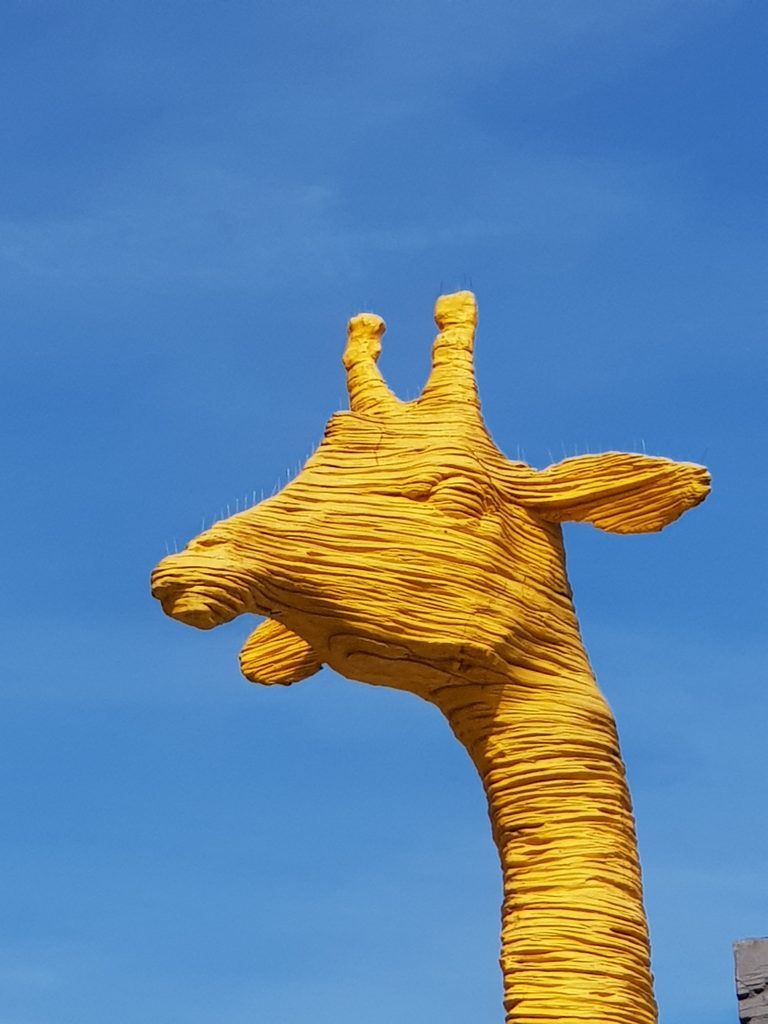
Using the Note 8’s digital zoom at x5 magnification, detail preservation is good, and although aliasing and moiré effects are barely visible, some noise and ringing artifacts start to appear. They’re well-controlled compared to many competitor devices, however, making the Note 8 the best smartphone for digital zoom we’ve tested to date.
100% crops of the DxOMark test chart show that the Note 8 records very good detail iusing the x2 optical zoom in all lighting conditions. With x4 digital zoom, you can expect good detail in bright light and acceptable results for indoor shots. In very low light, the digital zoom fails to capture good detail when viewing images at 100%, but for small-screen display, resolution is just about good enough.

Bokeh
Samsung Galaxy Note 8
45
Bokeh simulation on the Note 8 does a pretty consistent job in both low and bright light conditions. Its strengths are a strong blur or depth-of-field effect, which can make for some striking portraits. The shape of the bokeh is a nice circular pattern, similar to what would be achieved optically with a telephoto lens and wide aperture. Repeatability is an issue, with the effect failing to activate on about a third of our portraits, and a noticeable step in the blur gradient is often evident behind the subject, along with inconsistencies in the amount of noise applied to the blur.
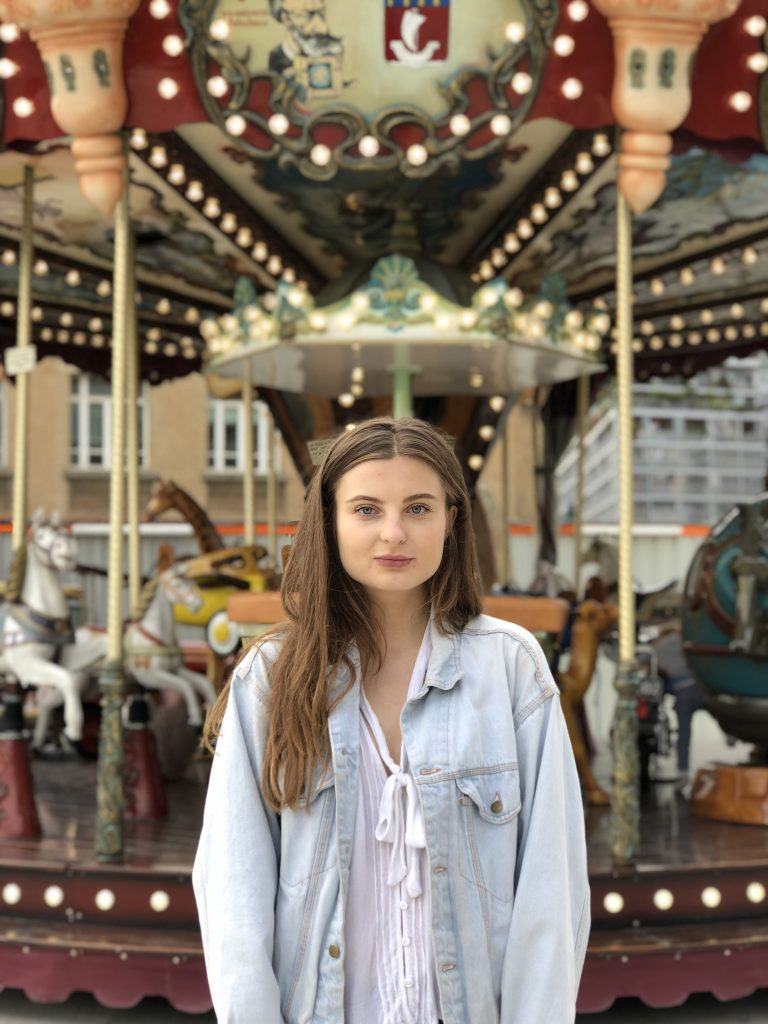
Background blur isn’t as pronounced when taking the same shot with the iPhone 8 Plus, but both devices render nice circular bokeh on the spectral highlights, creating something similar to the optical effect of a DSLR and telephoto lens.
Video scores explained
The Samsung Galaxy Note 8 achieves an overall video score of 84 points, so doesn’t achieve quite the same heights as with still photos. The overall video score is calculated from the video sub-scores, however, which gives some indication of the strengths and weakness of the device’s performance when shooting moving images, thus: Exposure and Contrast (80), Color (86), Autofocus (65), Texture (47), Noise (73), Artifacts (80), and Stabilization (81).
The Note 8’s key strengths therefore lie in generally excellent exposures, with fast exposure convergence as lighting conditions change, although dynamic range can be a little limited in high-contrast scenes. White balance and color rendering are also very good. Although autofocus is fast and stable in many videos, the lack of any autofocus tracking in default mode reduced the overall score. It should be mentioned, though, that the Note 8 comes with a dedicated tracking mode that has to be manually enabled and therefore was not included in our test. Video stabilization is good, but not quite on the same level as some competitors, with a lot of residual motion when holding the camera still during recording.
Conclusion: Top ranking… for now
When all the tests are verified, the scores calculated, and the perceptual analyses discussed, the Samsung Galaxy Note 8 comes out as an outstanding choice for the smartphone photography enthusiast, matching the top overall score of 94 points of the iPhone 8 Plus. Dual-cam setups offering a second telephoto zoom for portraits are a real step forward for high-end smartphone photography, and the implementation on the Note 8 is exceptional, making it the best smartphone for zoom shots we’ve tested.
Add to that extremely fast and accurate autofocus and a very competent flash unit, the Note 8 breaks new ground as the first smartphone to achieve 100 points for its photo sub-score. With new devices on the horizon from several of the key innovators for smartphone photography, will the Note 8 be able to hold onto its top spot? Time will tell.
Pros
- Excellent zoom performance up to 4x
- Very low noise levels in low light
- Fast and accurate autofocus
- Good detail in bright light and indoor conditions
- Bright and vivid colors
Pros
- Good white balance and color rendering
- Good exposure and fast exposure convergence
- Stable and fast autofocus
- Good noise reduction across all light conditions
- Good stabilization
Cons
- Limited dynamic range, frequent highlight clipping
- Bokeh effect is sometimes not visible even when mode is enabled
- Frequent white balance casts in bright light and indoor conditions
Cons
- No autofocus tracking capability in default mode
- Shadow and highlight clipping in high-contrast scenes
- Residual motion visible when holding the camera still during recording


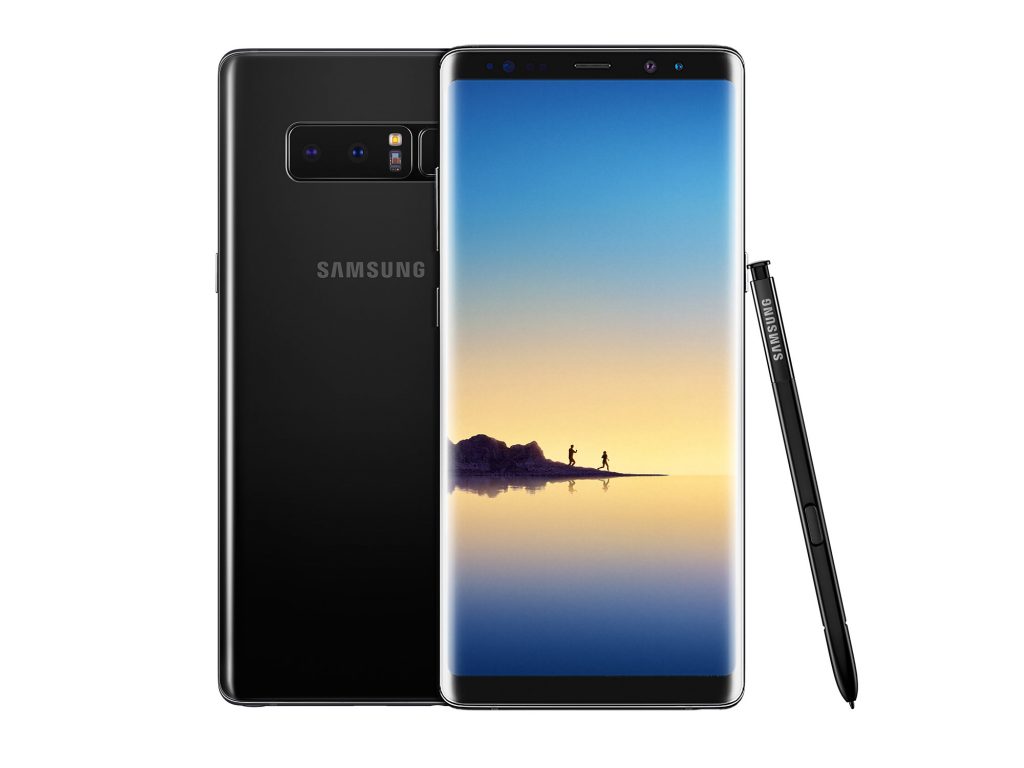

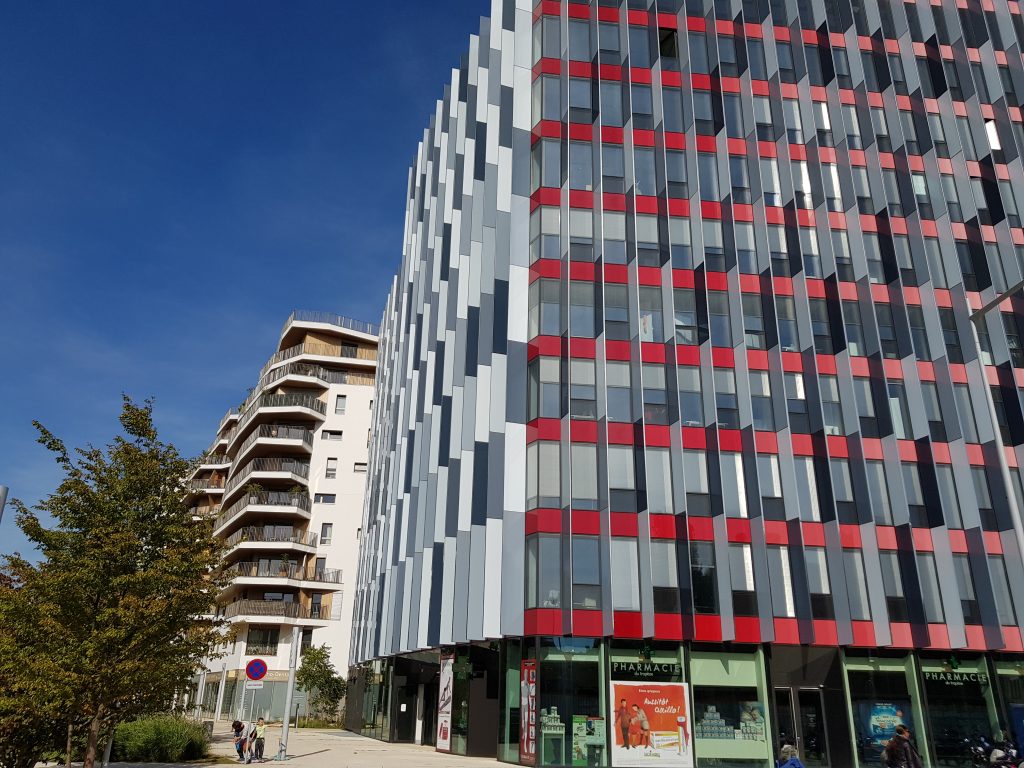
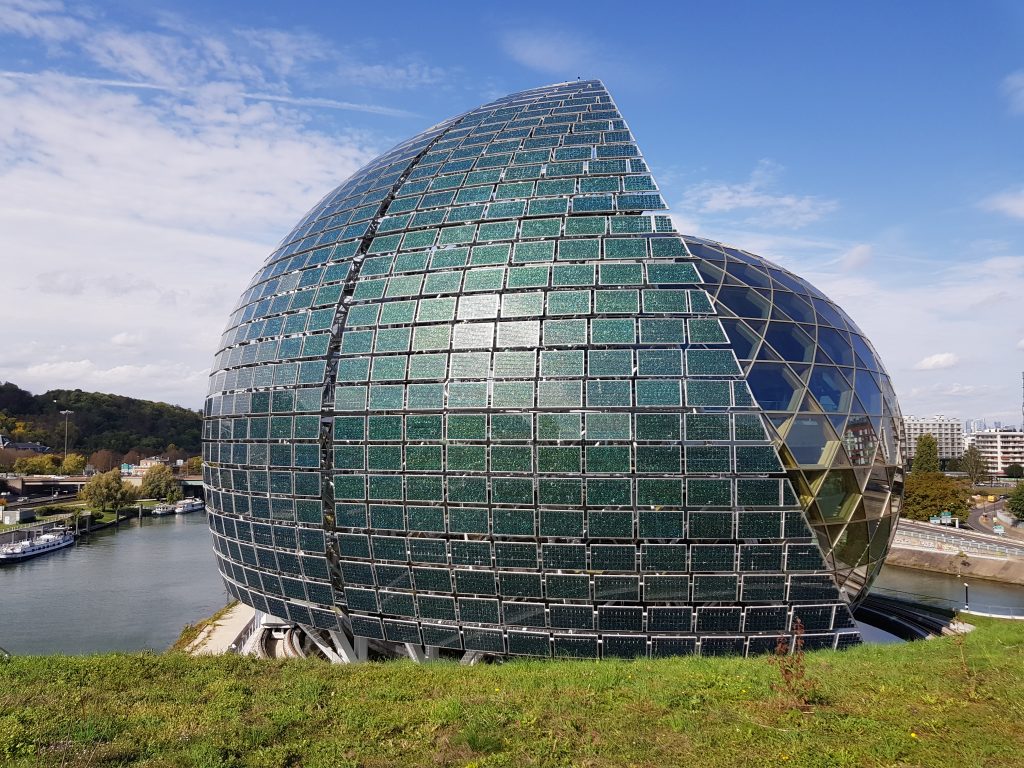
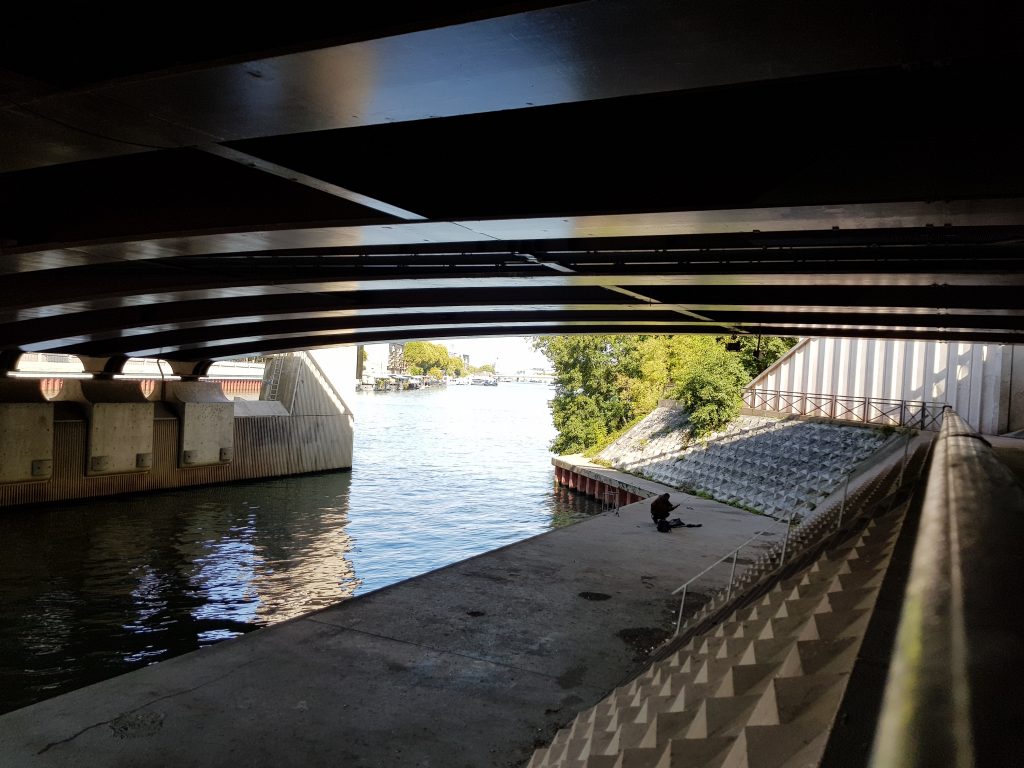
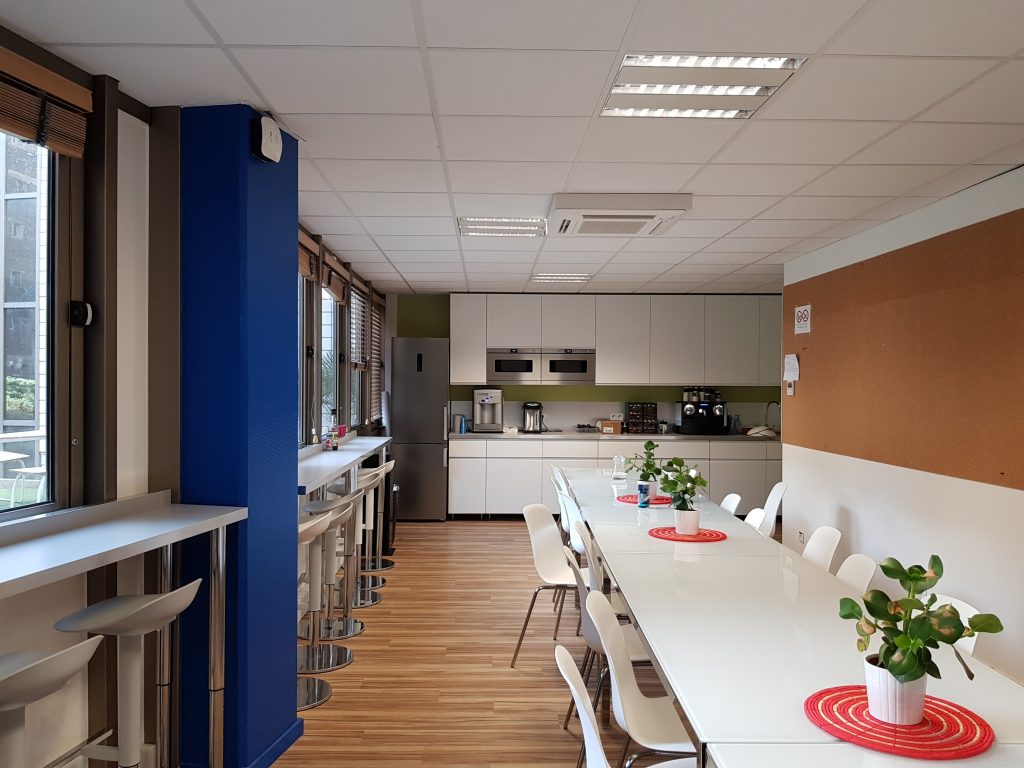
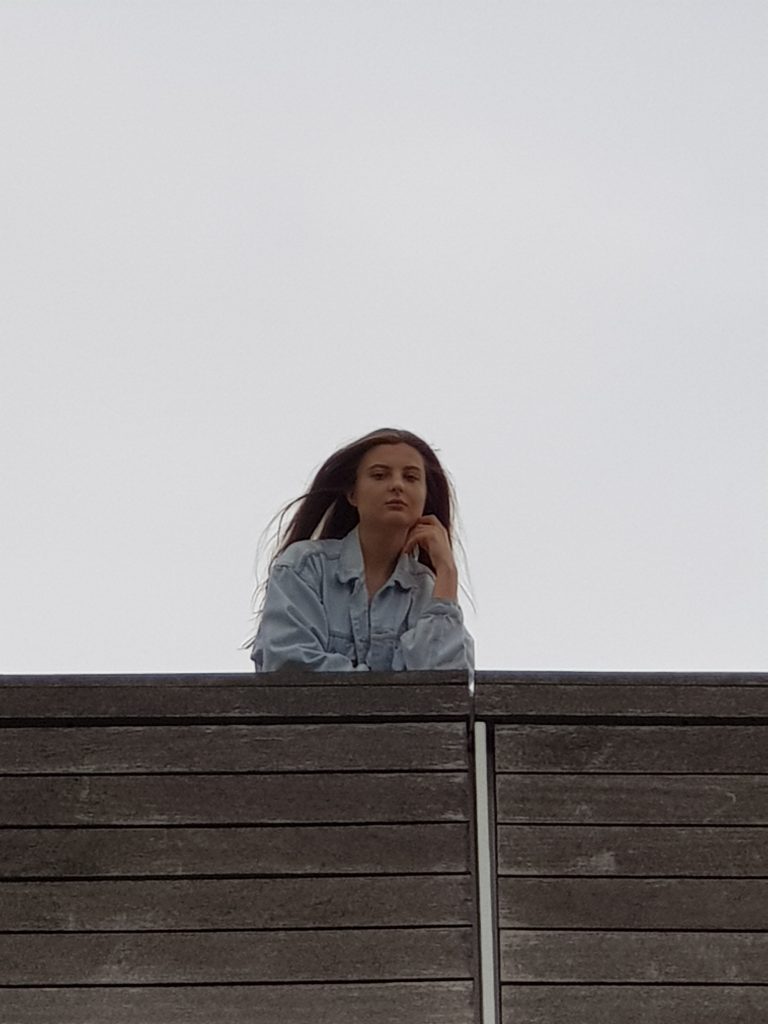
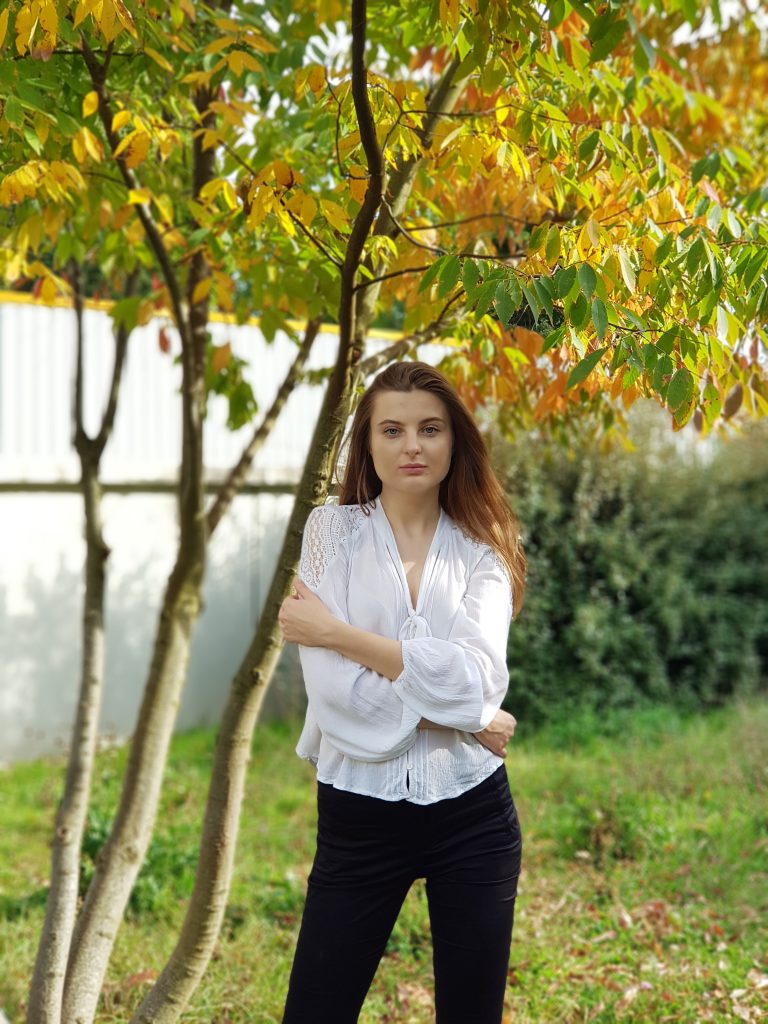
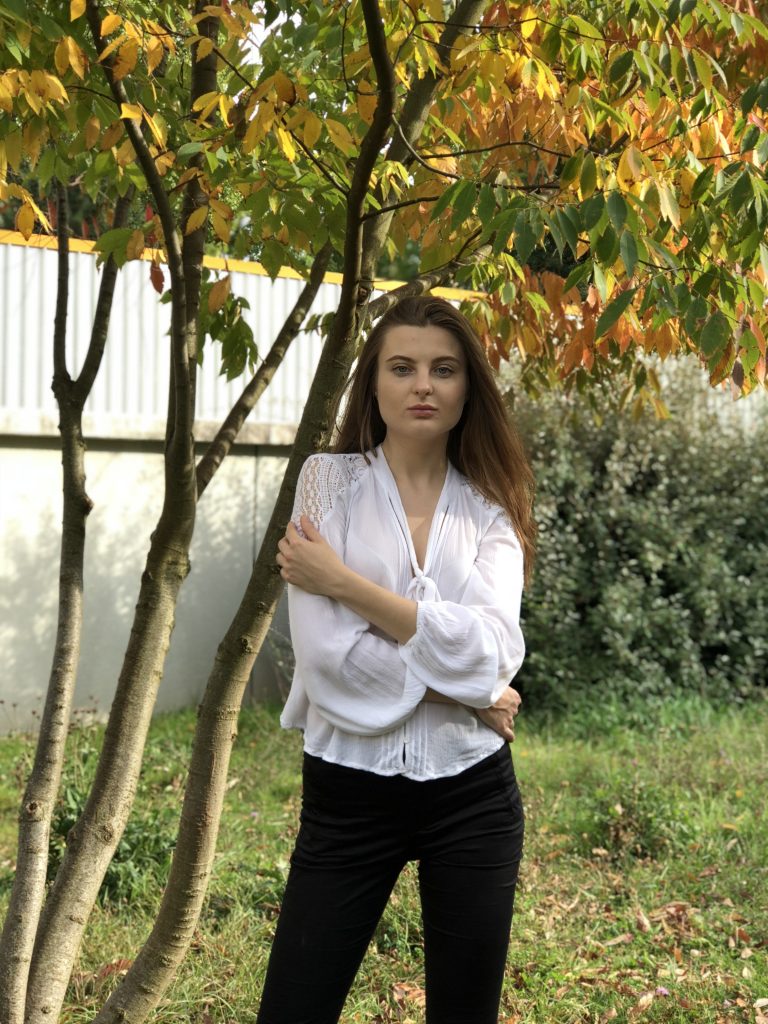
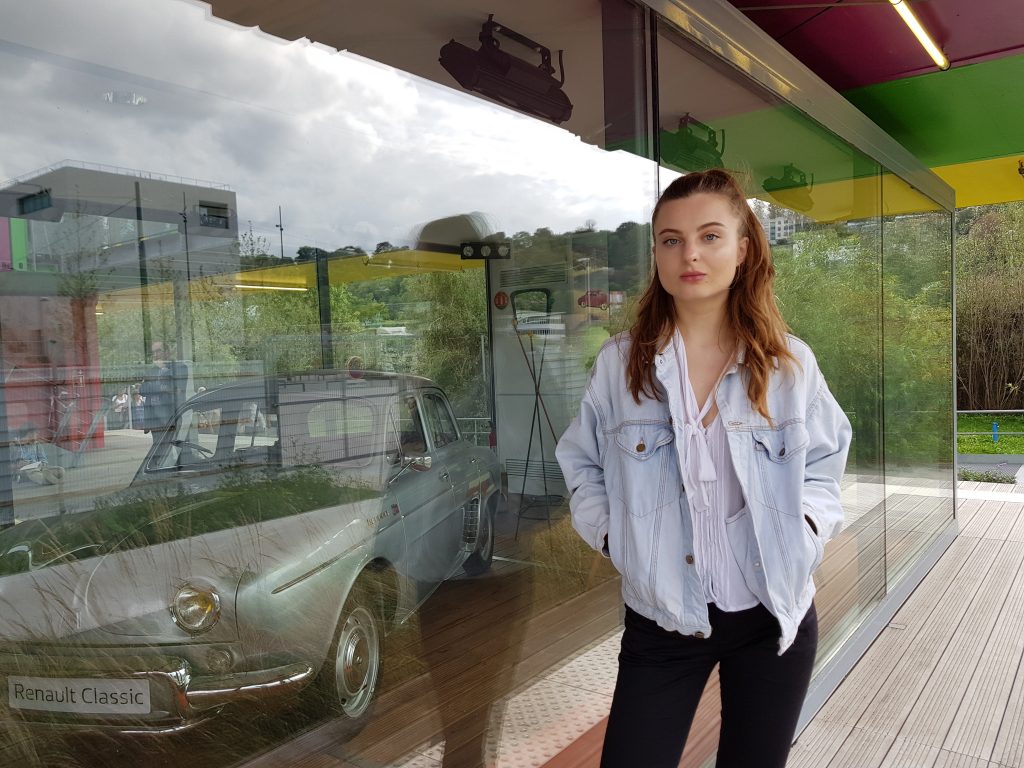
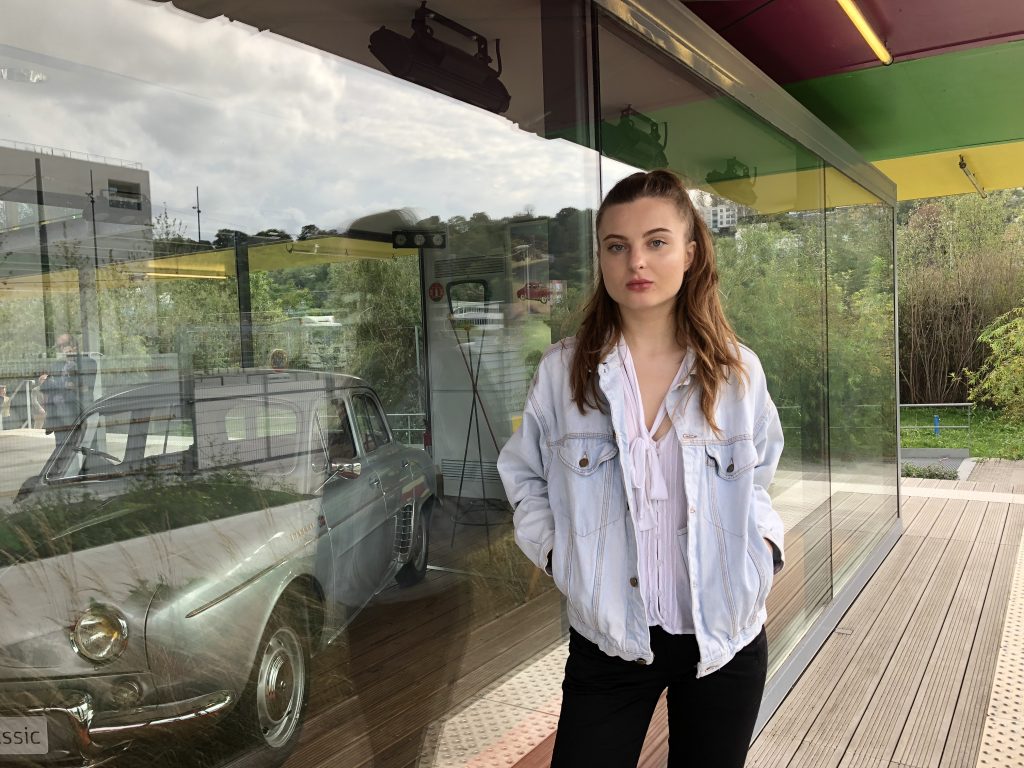
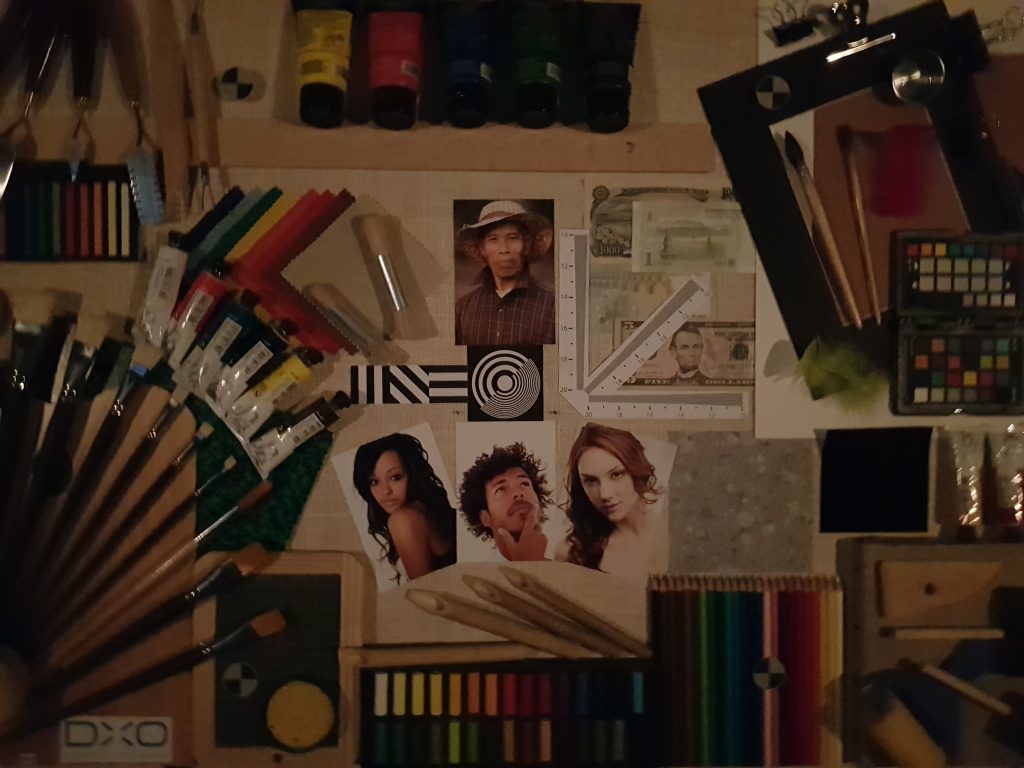
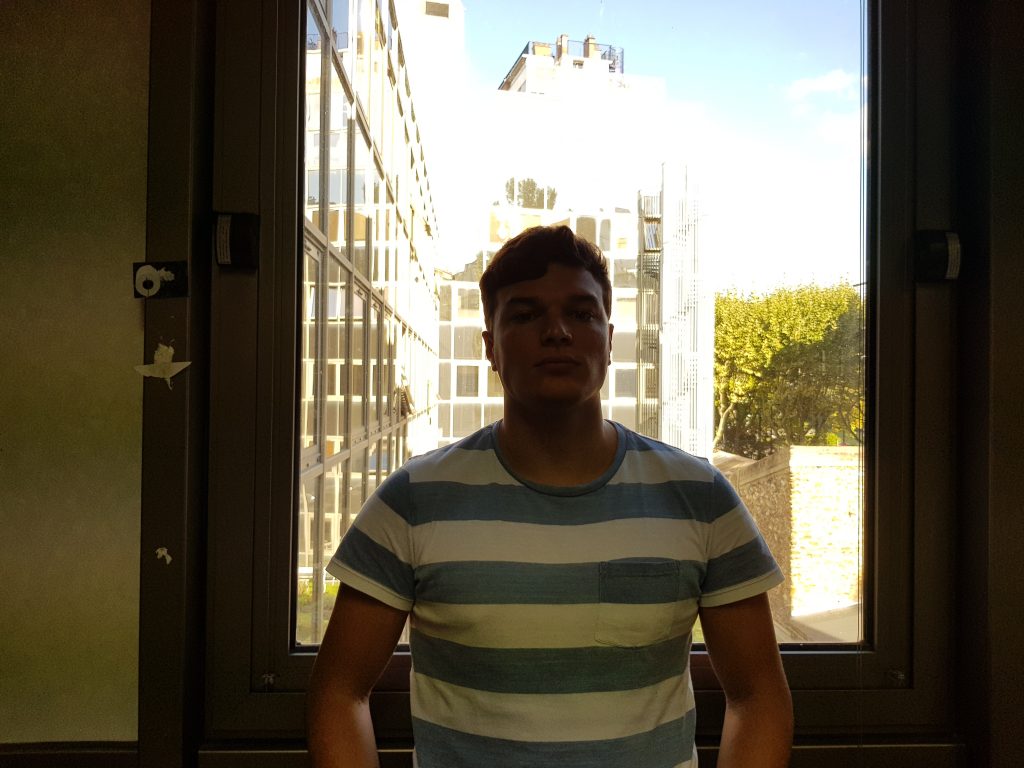
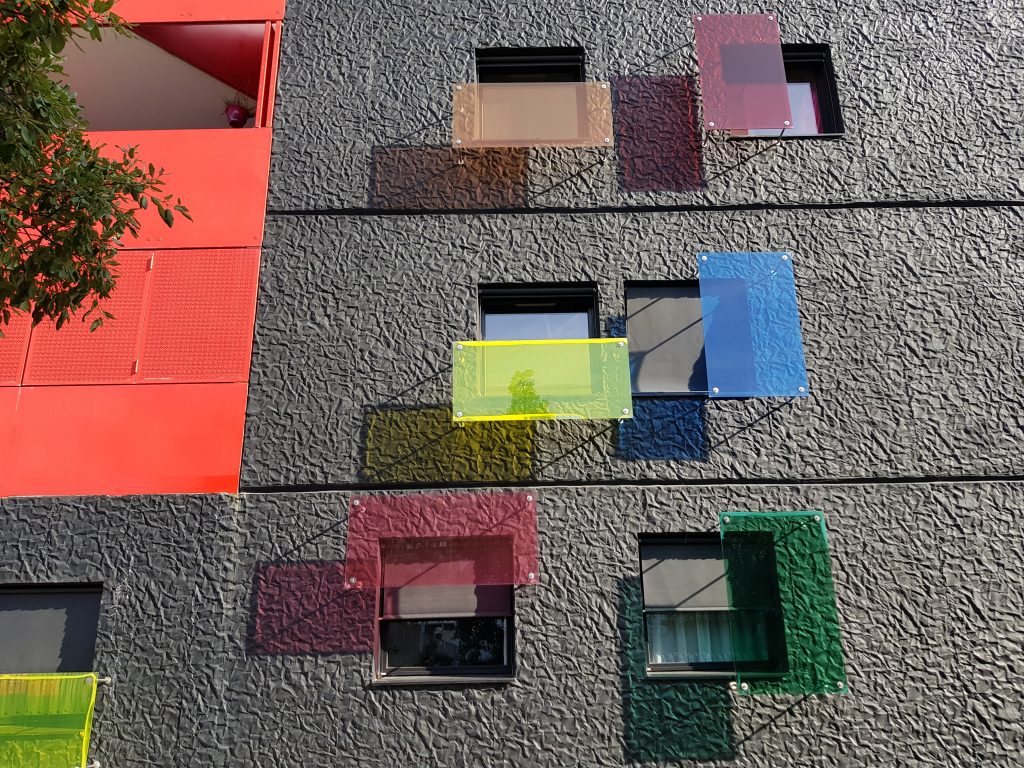
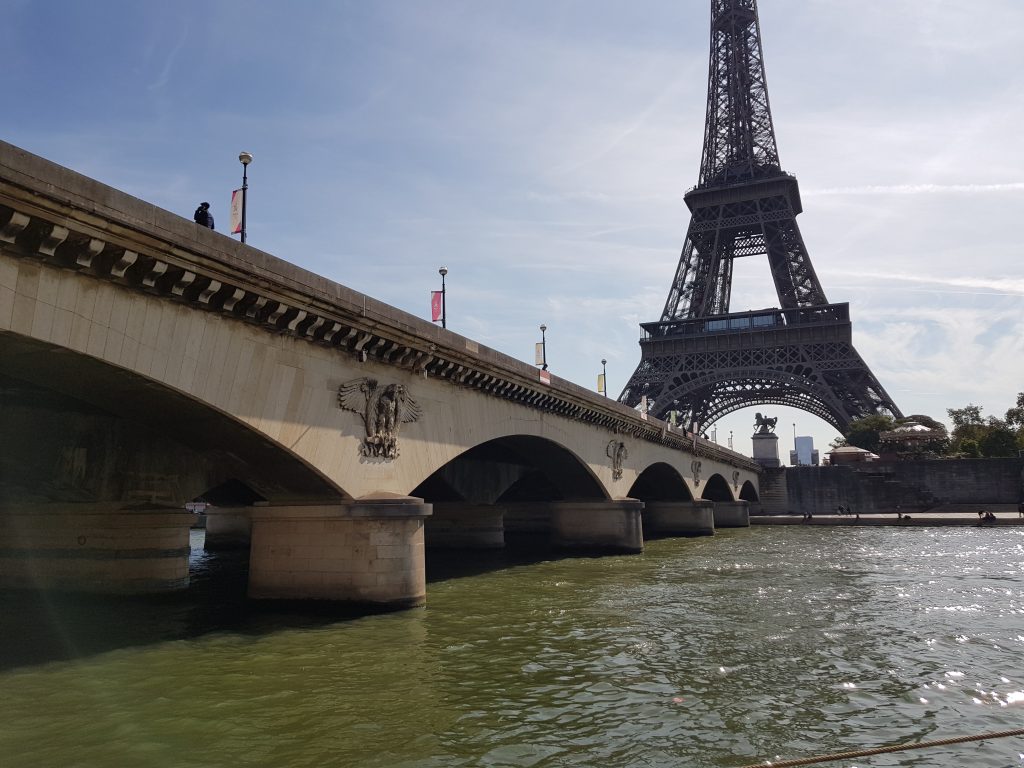
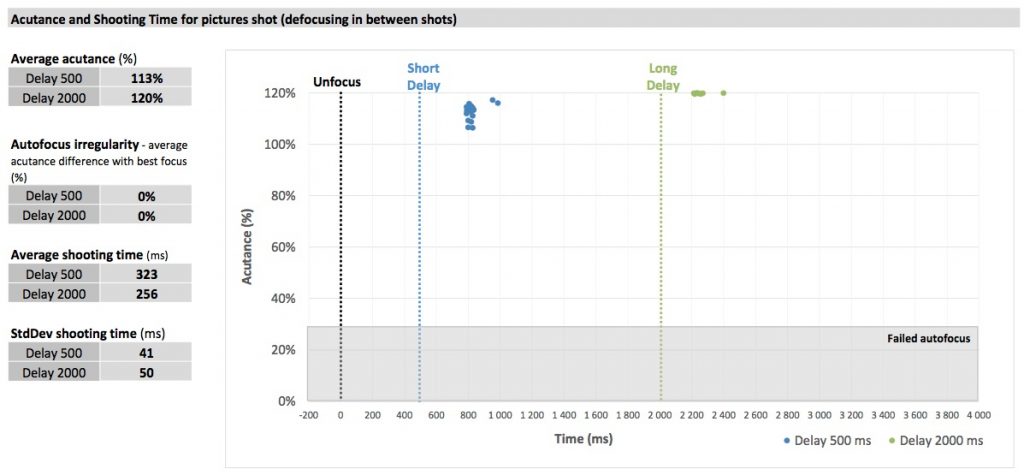
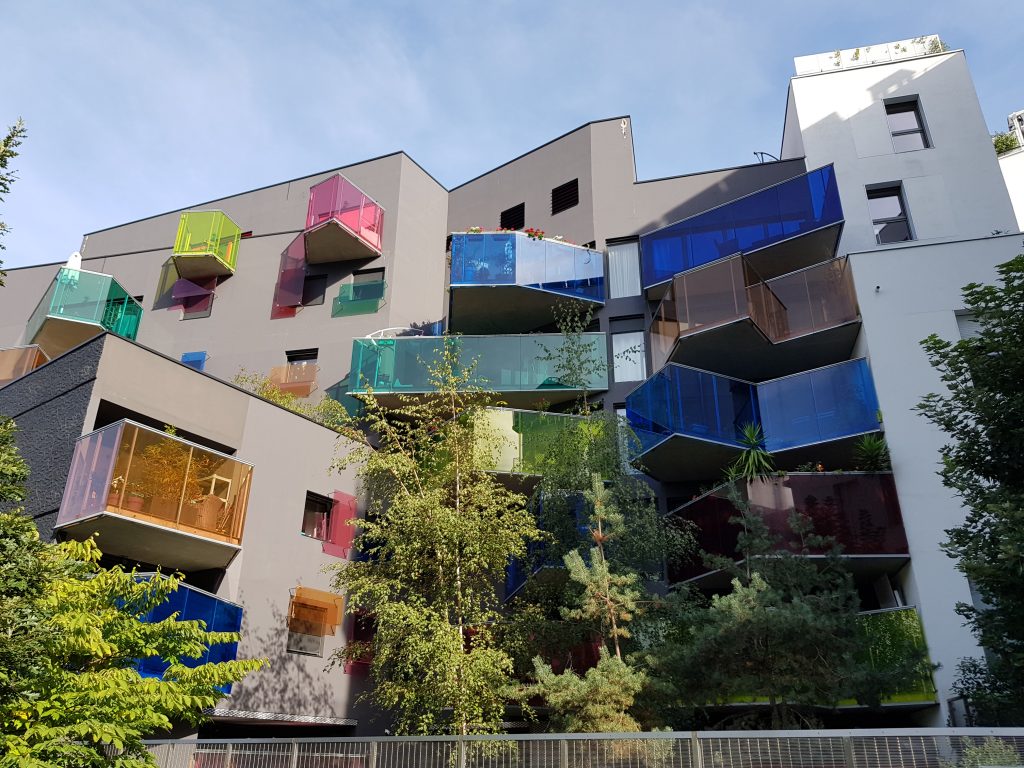
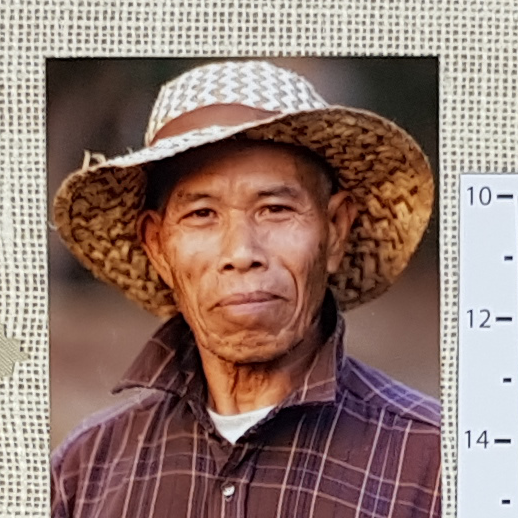
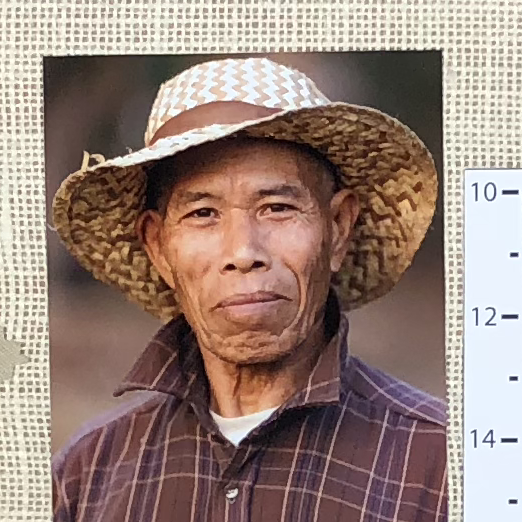
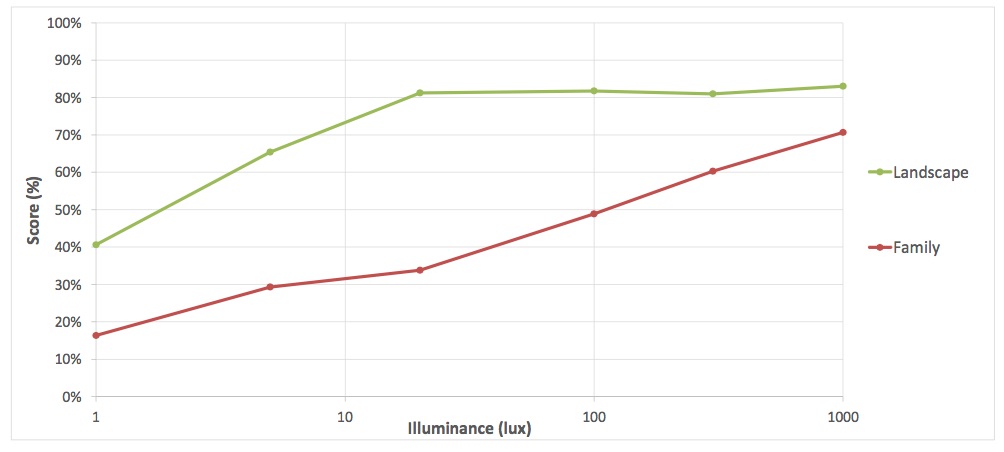
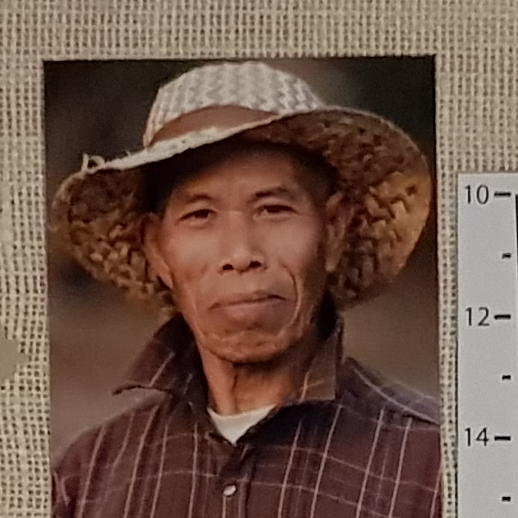
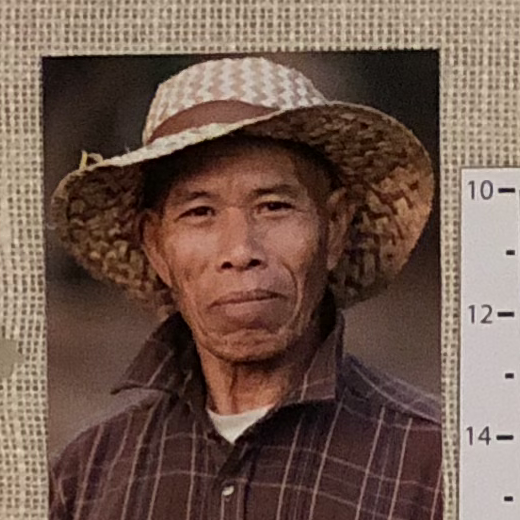
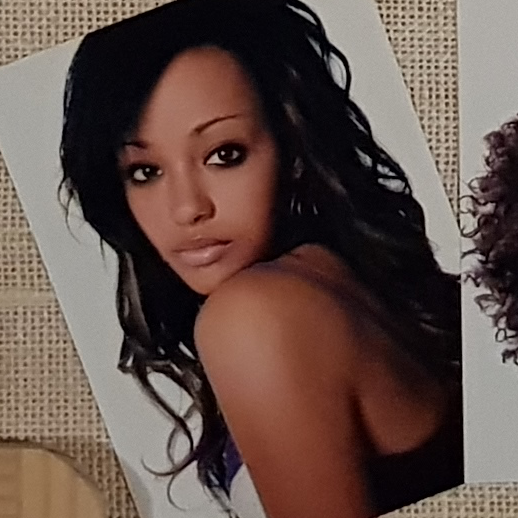
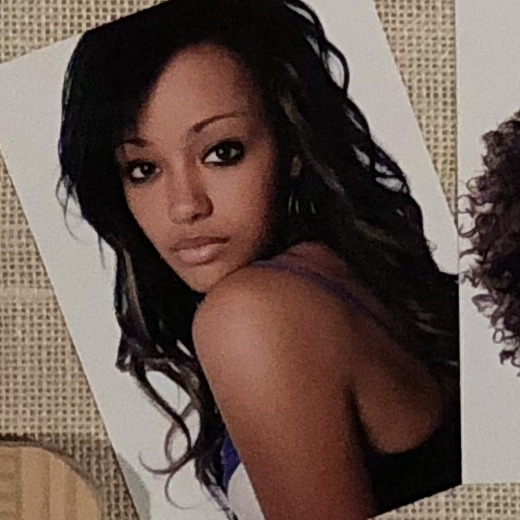
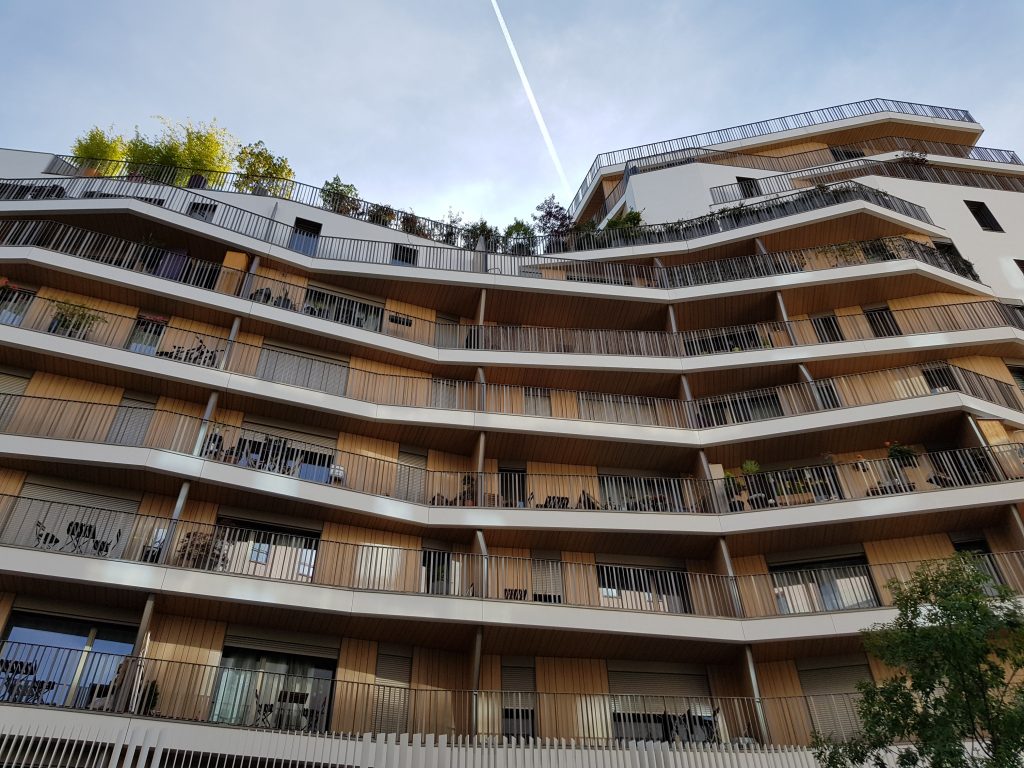
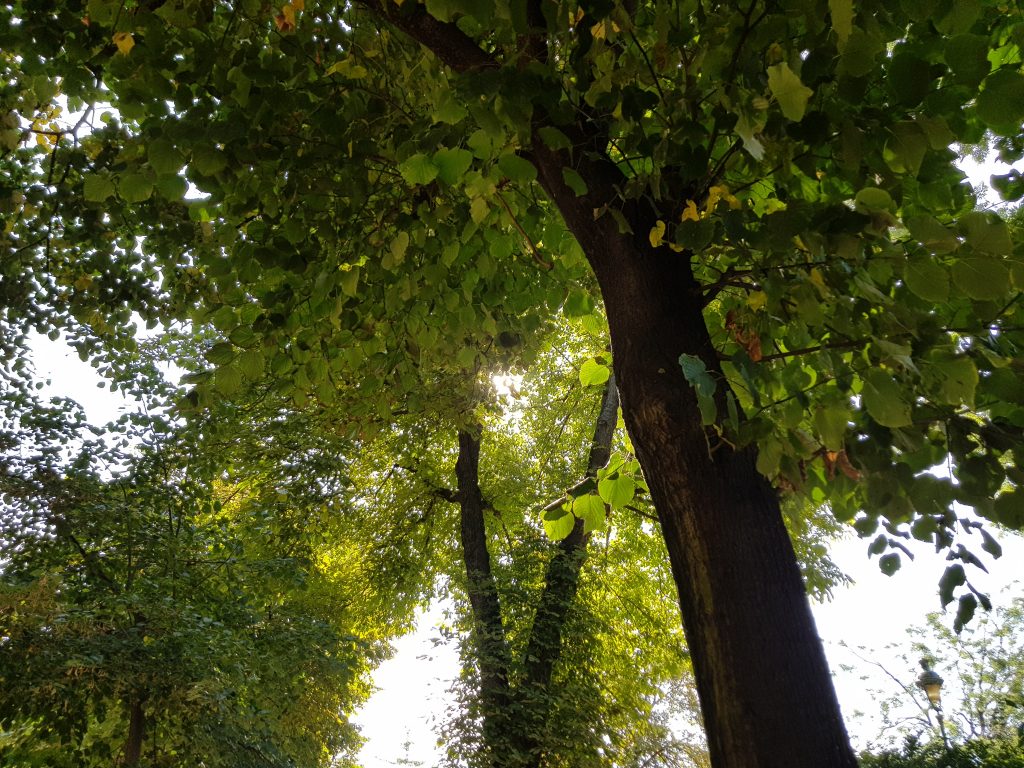
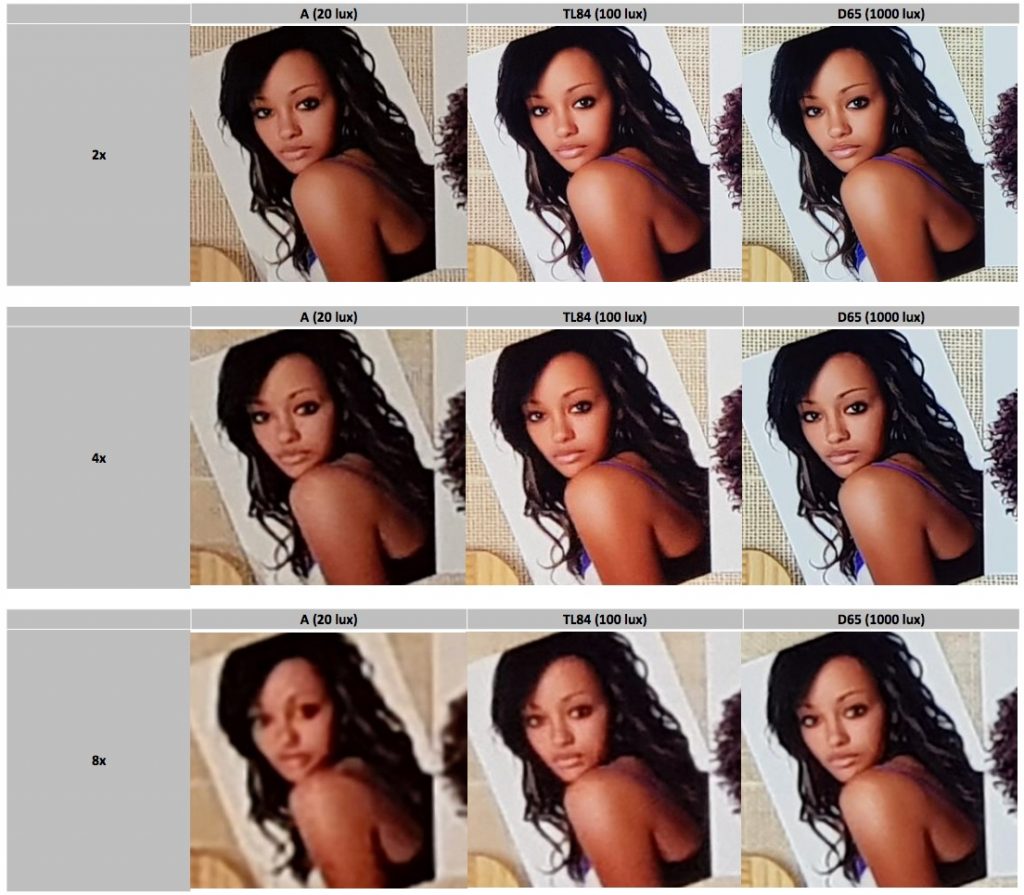
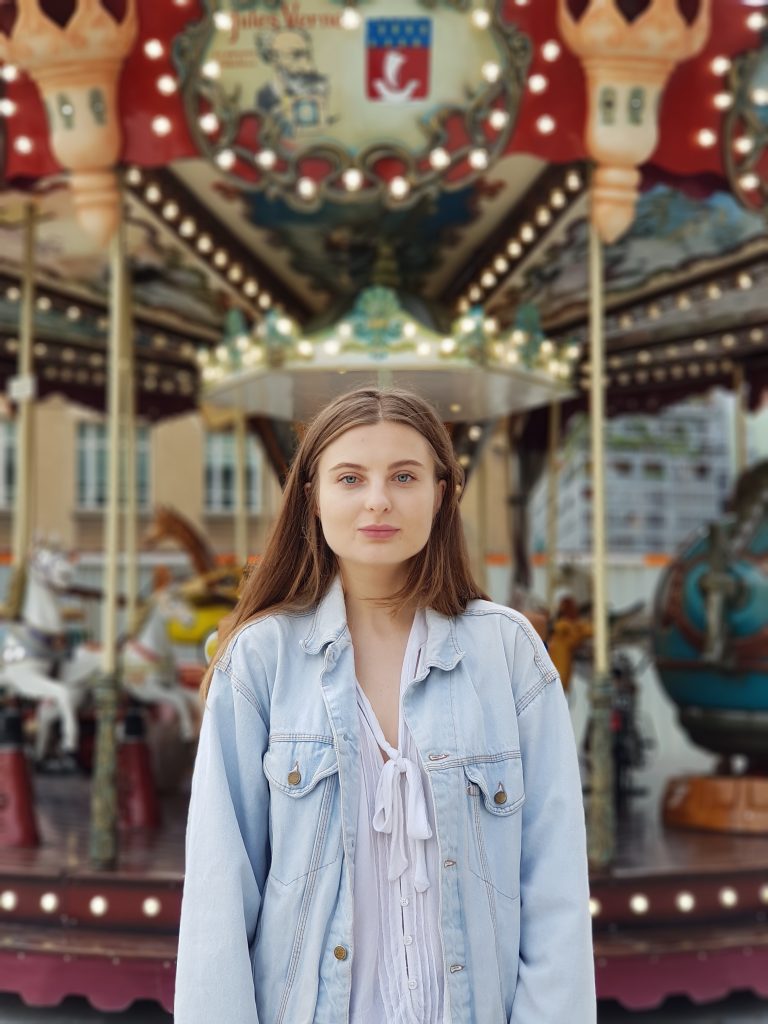
DXOMARK encourages its readers to share comments on the articles. To read or post comments, Disqus cookies are required. Change your Cookies Preferences and read more about our Comment Policy.